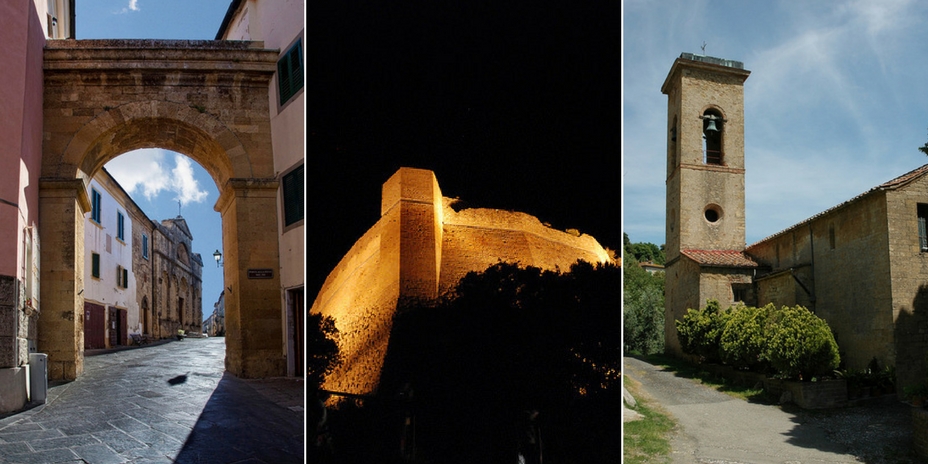Located in Tuscany between Volterra and Massa Marittima, Pomarance is situated amidst lush hills, the sea and the Cecina River. The land boasts beautiful scenery, important historical monuments and fascinating hamlets like Micciano, Libbiano, Montegemoli, Montecerboli, Serrazzano, Lustignano and San Dalmazio. In short: Pomarance and its outlying areas beg to be explored!
Here are our tips on what to see, eat and do, and where to sleep!
















